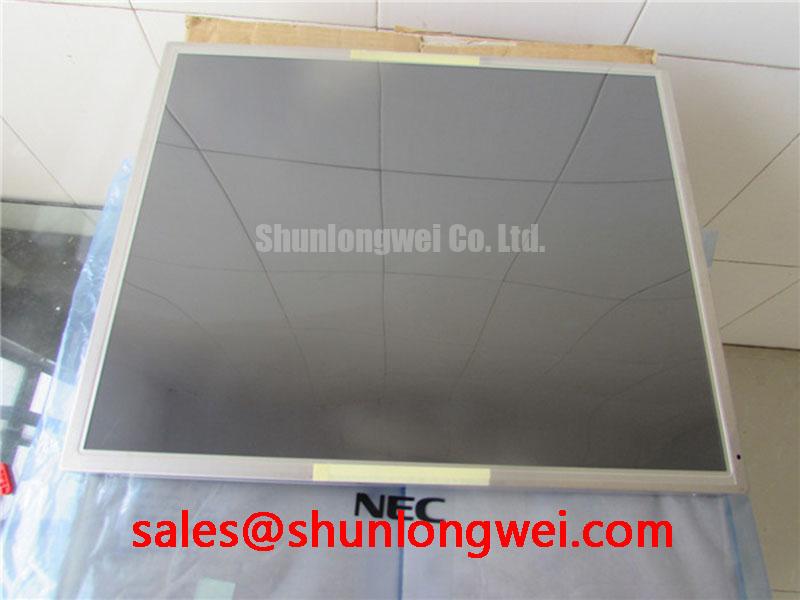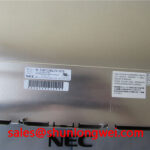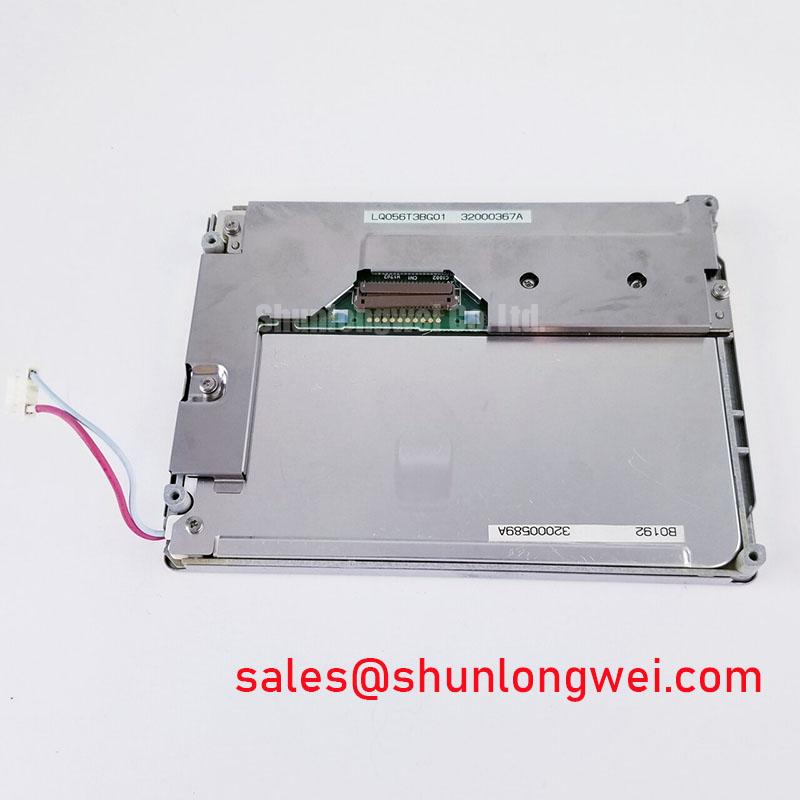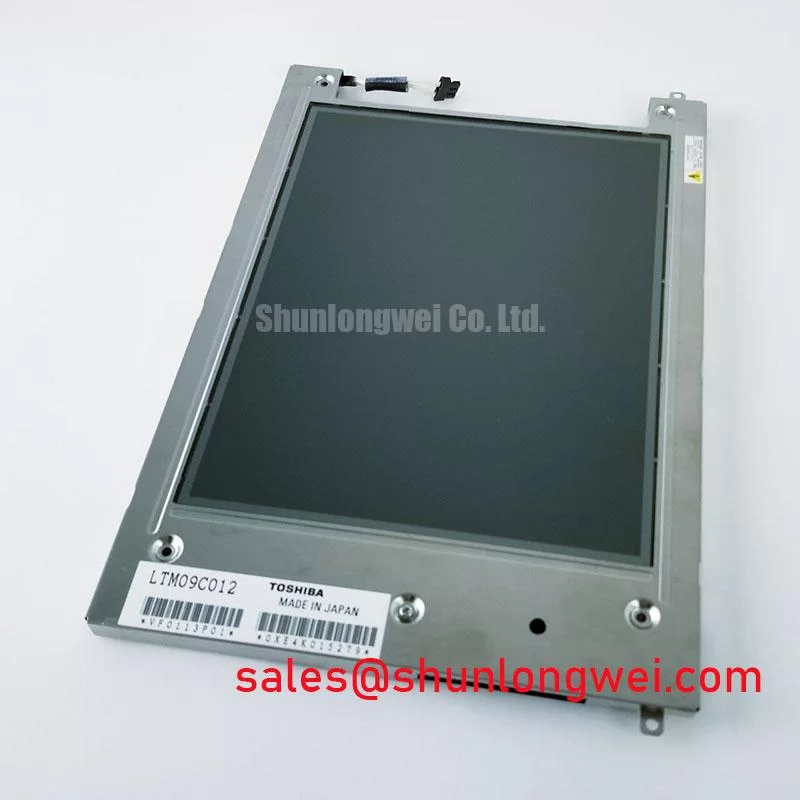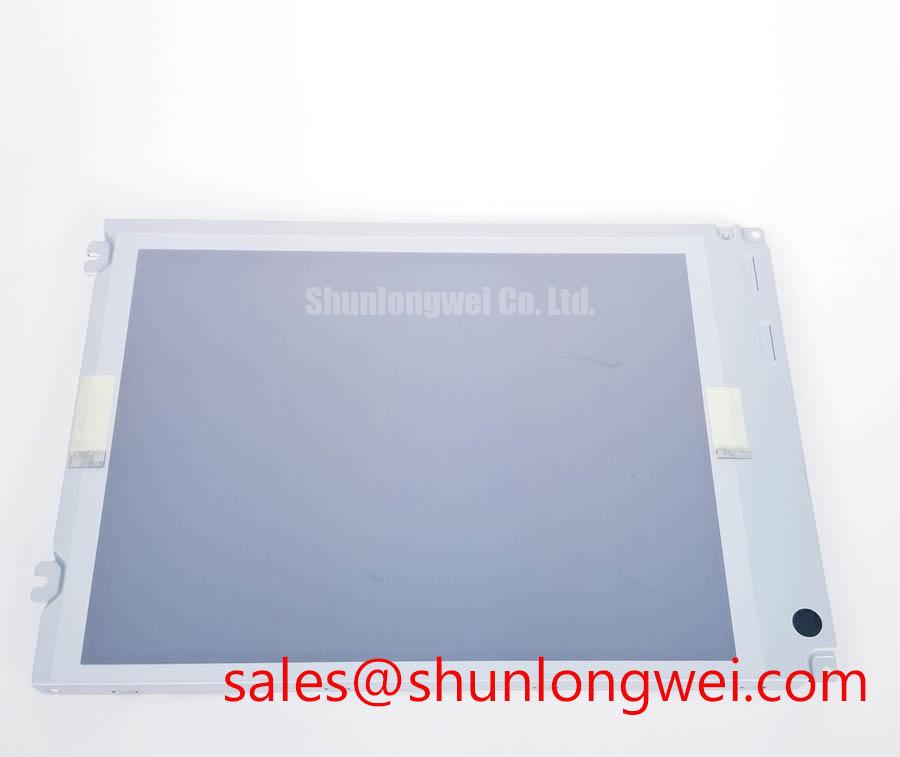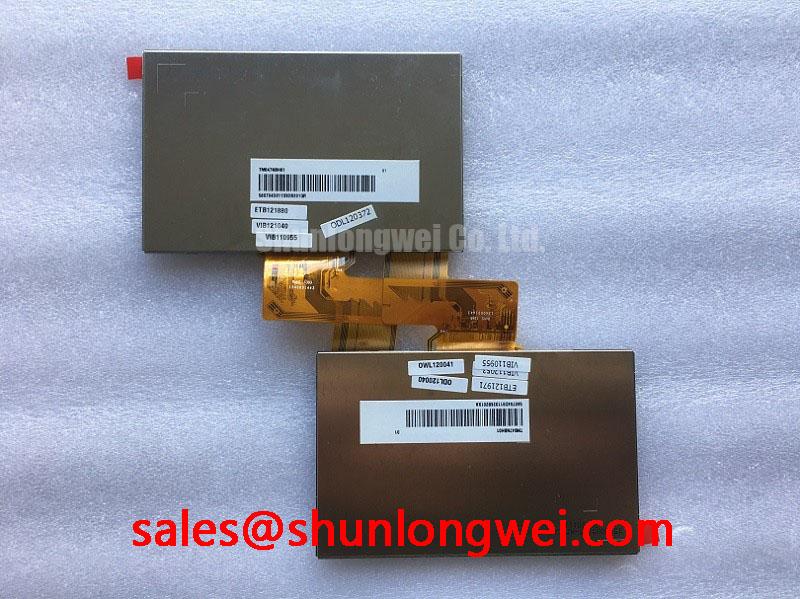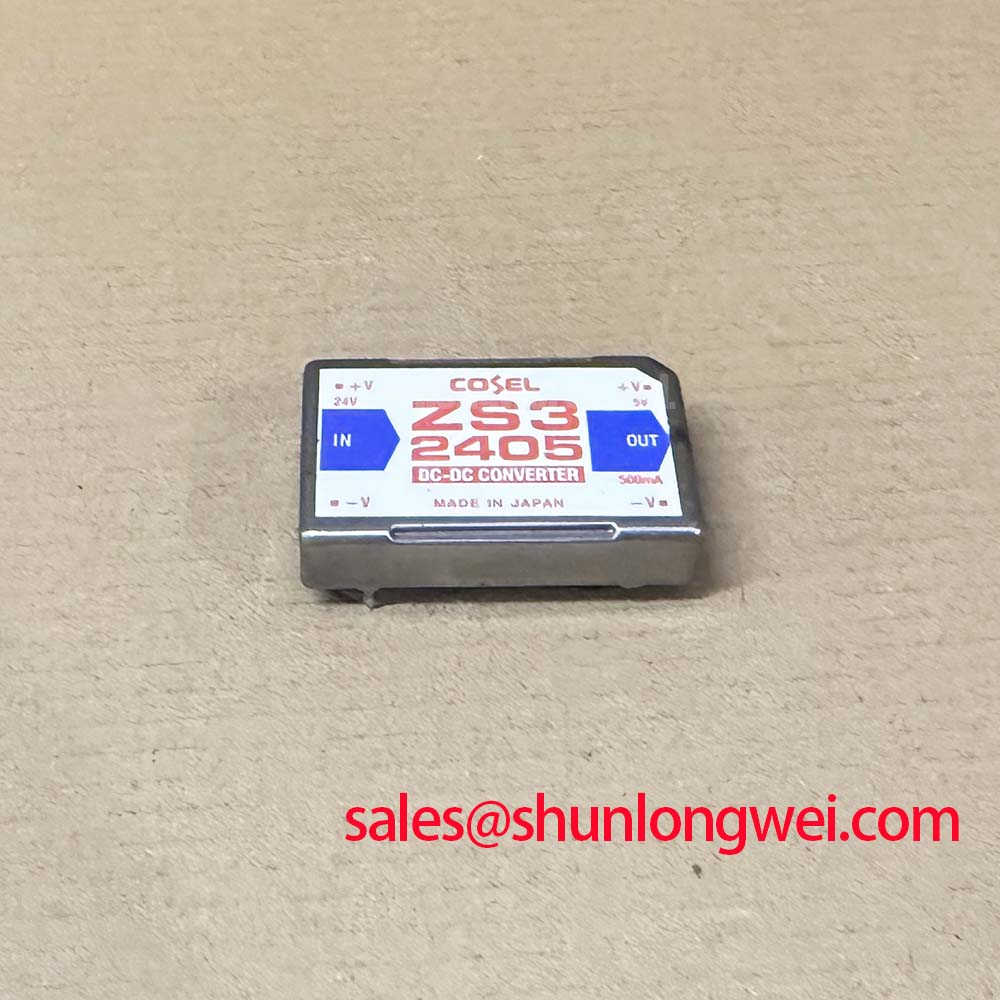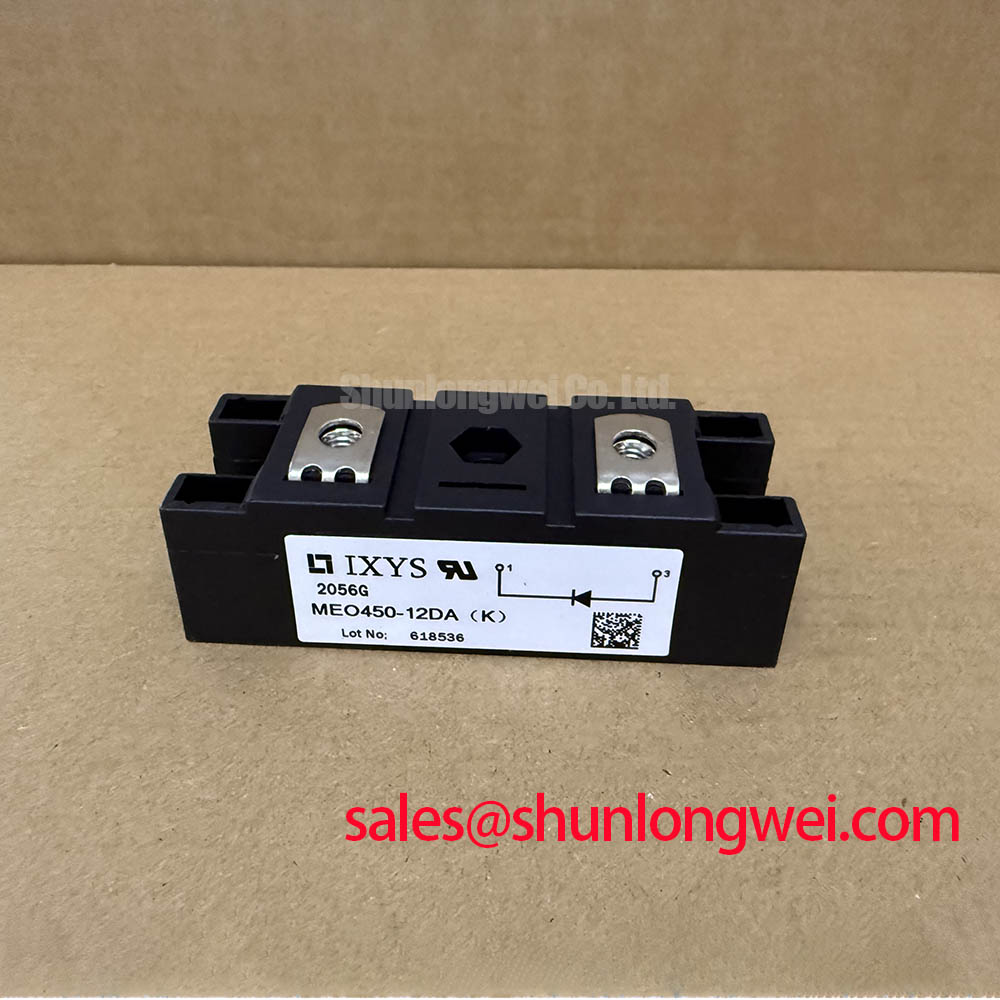NL128102BC29-01B: Engineering Grade 18.1-inch SXGA TFT-LCD for Demanding Environments
Introduction: A Display Engineered for Clarity and Endurance
The NL128102BC29-01B is an 18.1-inch color TFT-LCD module designed for applications where visual precision and operational resilience are non-negotiable. Its core value proposition is delivering high-detail imagery with consistent performance across a wide thermal spectrum. With key specifications of 1280x1024 SXGA | 400 cd/m² Luminance | -10°C to +70°C Operating Temp, this display provides two critical engineering benefits: exceptional image clarity from wide viewing angles and steadfast reliability in uncontrolled environments. For engineers questioning its suitability for fluctuating industrial temperatures, the broad operating range directly addresses this by ensuring stable performance without auxiliary thermal management. For large-format industrial HMIs requiring both high detail and off-axis readability, the NL128102BC29-01B is an exemplary choice.
Application Scenarios & Value
System-Level Benefits in Industrial and Medical Visualization
The NL128102BC29-01B is purpose-built for environments where data integrity and display uptime are critical. Its primary application is in high-end Industrial HMI (Human-Machine Interface) terminals, SCADA systems, and process control consoles. The large 18.1-inch screen combined with SXGA (1280 x 1024) resolution allows for the display of complex schematics, multiple data streams, and detailed graphical interfaces without compromising legibility. This reduces the need for operators to zoom or switch between screens, enhancing situational awareness and reducing response times in a factory setting.
In medical diagnostic equipment, such as ultrasound systems or patient monitoring stations, the ST-NLT technology's wide viewing angles (80° in all directions) are crucial. They ensure that multiple clinicians can view the screen simultaneously from different positions in a room without color shift or loss of contrast, leading to more collaborative and accurate diagnoses. Furthermore, the module's robust thermal design is a key enabler. What is the key benefit of the -10°C to +70°C operating range? It ensures reliable performance in non-climate-controlled industrial environments. This is analogous to automotive-grade components that must function flawlessly from a cold start in a freezing warehouse to peak operational heat, a level of resilience not found in consumer-grade displays. While this 18.1-inch model is ideal for fixed, comprehensive data displays, for applications requiring a more compact panel, the related NL10276AC30-42D offers a 15-inch XGA solution.
Key Parameter Overview
Decoding the Specifications for High-Reliability Designs
The technical specifications of the NL128102BC29-01B are directly tied to its performance in challenging real-world applications. The following parameters are central to its integration and operational value.
| Parameter | Specification |
|---|---|
| Screen Size | 18.1 inch (46 cm) diagonal |
| Display Technology | a-Si TFT Active Matrix, ST-NLT |
| Resolution | 1280 (H) x 1024 (V) pixels (SXGA) |
| Luminance | 400 cd/m² (Typical) |
| Viewing Angle (H/V) | 80°/80°/80°/80° (Typical, CR > 10) |
| Contrast Ratio | 600:1 (Typical) |
| Interface | LVDS (Low Voltage Differential Signaling), 2ch |
| Operating Temperature | -10°C to +70°C |
| Storage Temperature | -20°C to +80°C |
| Backlight System | White LED, Long Life |
Download the NL128102BC29-01B datasheet for detailed specifications and performance curves.
Technical Deep Dive
A Closer Look at ST-NLT and Thermal Engineering
Two core technologies elevate the NL128102BC29-01B beyond standard displays: its optical performance and its thermal robustness. The ST-NLT (Super-Transmissive Natural Light TFT) technology is a proprietary enhancement of the liquid crystal structure that maximizes light transmission efficiency. This directly contributes to the module's high 400 cd/m² brightness and wide, symmetric viewing angles. Think of it as the difference between a standard laptop screen, which is designed for a single viewer directly in front, and a high-quality public information display, which must be perfectly legible from all angles. This display brings that public-display-level clarity to a high-resolution industrial panel, a critical factor for operator safety and efficiency.
The wide operating temperature range is not merely a specification but a result of deliberate component selection and thermal design. It ensures the liquid crystal response time remains consistent and the LED backlight performs reliably, whether the unit is installed in a refrigerated facility or a non-ventilated enclosure on a hot factory floor. This built-in resilience simplifies system design, potentially eliminating the need for costly and complex external heating or cooling systems, contributing to a lower total cost of ownership as detailed in guides on industrial versus consumer displays.
Application Vignette
Enhancing a Process Control System with Reliable Visualization
Consider a chemical processing plant's central control room, where operators monitor dozens of critical parameters on a large HMI panel. The challenge is to present dense, complex data in a way that is immediately understandable from various points in the room and to ensure the display operates 24/7 without failure. The NL128102BC29-01B directly solves this. Its SXGA resolution allows the entire process diagram to be displayed with crisp detail, eliminating errors from misreading small fonts or values. The wide viewing angle, enabled by ST-NLT technology, allows a supervisor standing behind the seated operator to see the exact same color-coded alerts and data, facilitating quick, collaborative decisions during an upset condition. Finally, the -10°C to +70°C operating range guarantees that even if the control room's dedicated HVAC system falters, the screen will continue to provide mission-critical information, safeguarding the plant's operations and personnel.
Frequently Asked Questions (FAQ)
What does the ST-NLT technology in the NL128102BC29-01B provide?
ST-NLT (Super-Transmissive Natural Light TFT) is an advanced liquid crystal technology that enhances light transmission. This results in the module's excellent 80-degree viewing angles in all directions and its high brightness, ensuring clear image quality even when viewed off-axis.
How does the wide operating temperature range (-10°C to +70°C) impact system design?
This range allows the display to be integrated into systems deployed in thermally challenging environments without requiring external heating or cooling components. This simplifies the mechanical design of an enclosure, reduces power consumption, and increases the overall reliability of the final product.
Is the LVDS interface on this module suitable for high-noise industrial environments?
Yes, the LVDS Interface (Low Voltage Differential Signaling) is known for its excellent noise immunity. It uses two wires with opposite current/voltage swings, which helps cancel out electromagnetic interference (EMI), making it a robust choice for transmitting high-speed video data in electrically noisy industrial settings.
What is the primary benefit of the white LED backlight system?
Compared to older CCFL (Cold Cathode Fluorescent Lamp) backlights, the white LED system in the NL128102BC29-01B offers a significantly longer operational lifespan, more stable brightness over time, lower power consumption, and better durability against shock and vibration.
Strategic Integration for Long-Term Systems
For engineering teams designing systems with life cycles of a decade or more, component selection is a strategic decision. The NL128102BC29-01B from NEC represents a sound choice for applications in industrial automation and medical technology, where display performance and environmental resilience are paramount. Its combination of a large, high-resolution panel, superior viewing characteristics, and a wide thermal operating window provides the foundation for a reliable and user-centric HMI that adds lasting value to the end system. Integrating this module is an investment in operational uptime and data clarity.

